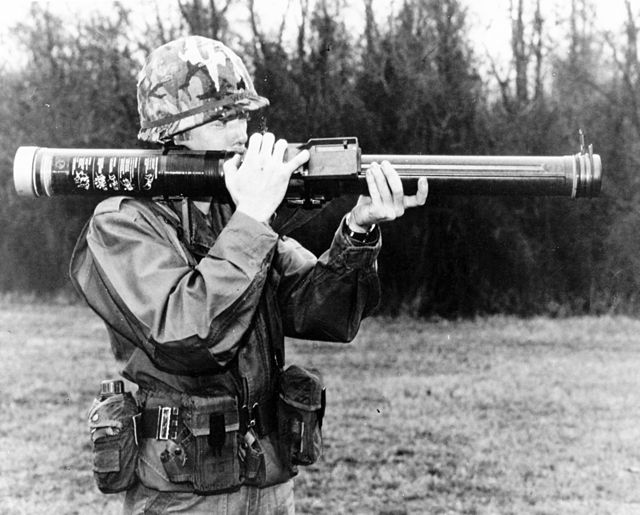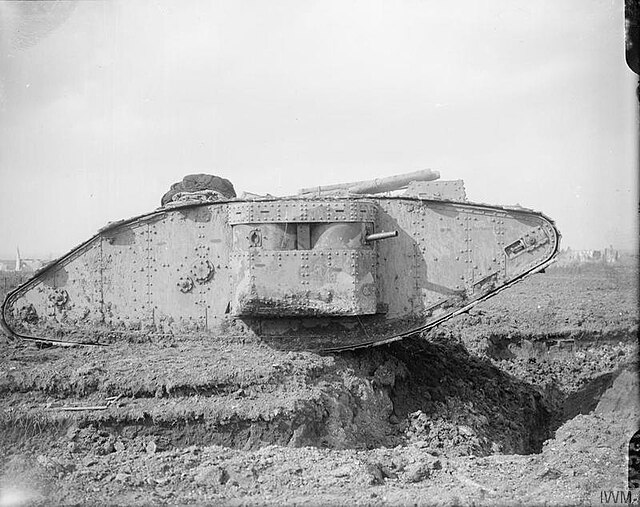The 7.5 cm Pak 40 was a German 75 millimetre anti-tank gun of the Second World War.
A Pak 40 75 mm anti-tank gun, displayed in the Museum of Military History, Vienna.
A Finnish army Pak 40 in firing position during the Continuation War
7,5 cm Pak 40 in Albania in 1943
German Panzerjäger use a Pak 40 against Yugoslav partisans in Bosnia on 12 January 1944.
Anti-tank warfare originated during World War I from the desire to develop technology and tactics to destroy tanks. After the Allies deployed the first tanks in 1916, the German Empire introduced the first anti-tank weapons. The first developed anti-tank weapon was a scaled-up bolt-action rifle, the Mauser 1918 T-Gewehr, that fired a 13.2 mm cartridge with a solid bullet that could penetrate the thin armor used by tanks at that time and destroy the engine or ricochet inside, killing occupants. Because tanks represent an enemy's strong force projection on land, military strategists have incorporated anti-tank warfare into the doctrine of nearly every combat service since. The most predominant anti-tank weapons at the start of World War II in 1939 included the tank-mounted gun, anti-tank guns and anti-tank grenades used by the infantry, and ground-attack aircraft.
A soldier preparing to fire the FGR-17 Viper, an American experimental one-man disposable antitank rocket
British Indian Army tank-hunting squad with anti-tank rifle and molotov cocktails in North Africa, 6 October 1940
A British 17-pounder anti-tank gun towed behind half-track in Italy, 1 September 1944
A British heavy tank of World War One








